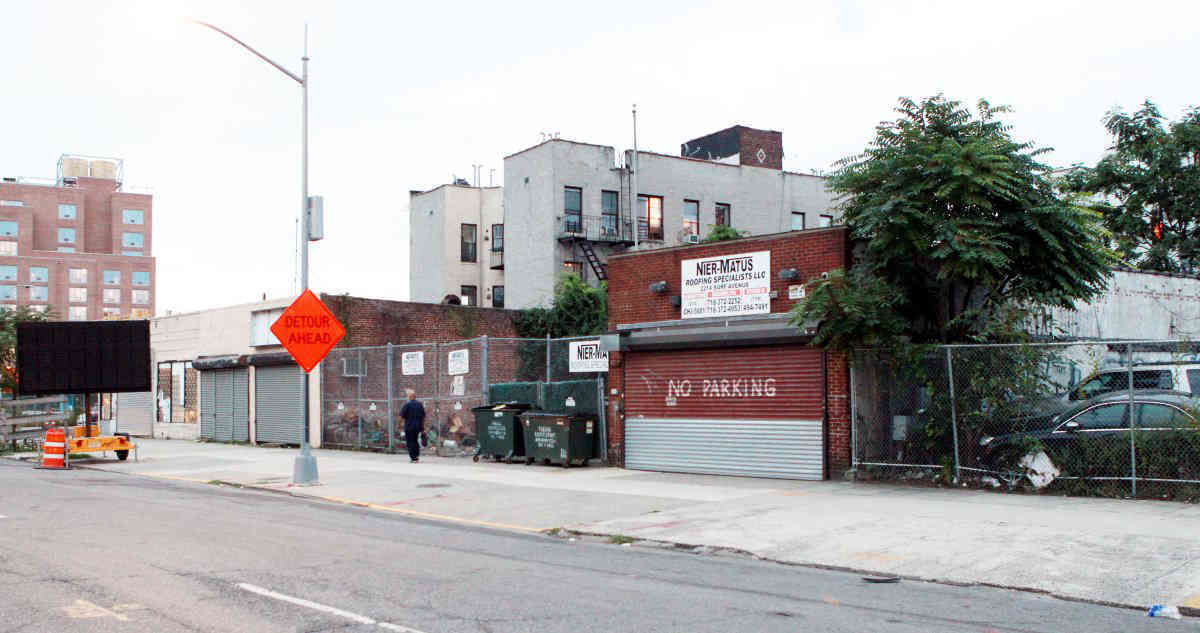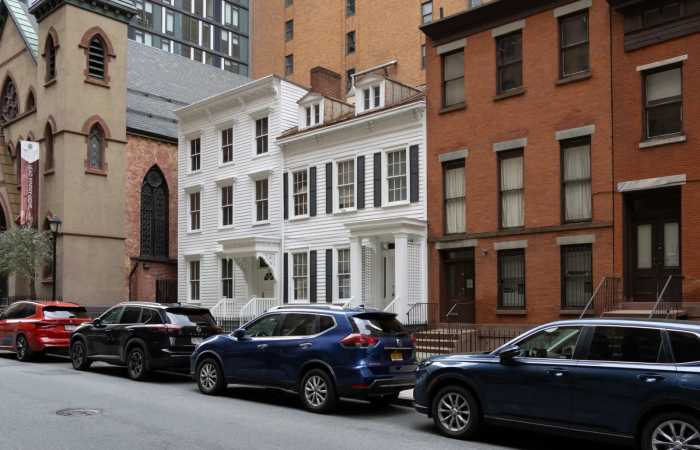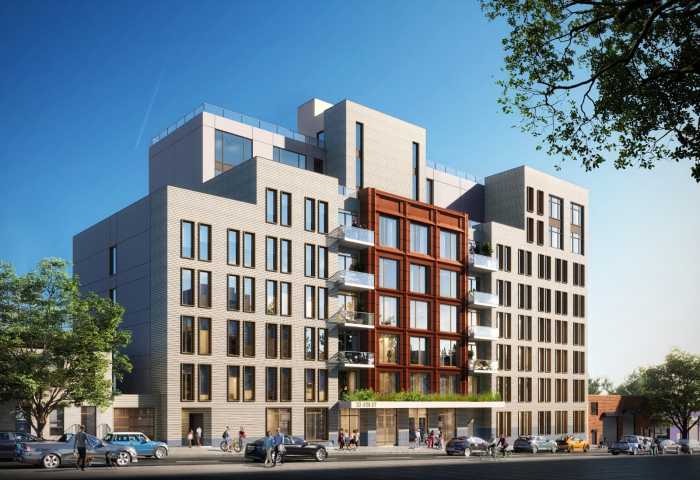The city rejected a developer’s controversial request to upzone a block of Surf Avenue in Coney Island, citing this newspaper’s reporting that the builder would consider going against city code by revising the application to only upzone its own properties on the stretch.
Amending the rezoning application to only include the developer’s own lots and not the entire Surf Avenue block would violate city-planning principles that prohibit such upzonings from directly benefitting the properties of those who request them, according to a City Planning Commission report issued after the panel panned the request on Wednesday.
“The commission cannot turn a blind eye to the facts on the ground,” the report read. “This would not be an appropriate and rational land use.”
Eight of the commission’s 11 members voted against developer Winiarski Entities’s application to upzone Surf Avenue between W. 22nd and W. 23rd streets to allow for the construction of six-to-10-story buildings, in line with those that can rise in the nearby Special Coney Island District the city rezoned back in 2009.
The builder needed the upzoning to erect two mixed-use high-rises — a 12-story tower facing W. 22nd Street and a five-story building facing W. 23rd Street, which would be connected by a ground-floor retail strip — on the five lots on the stretch it already owns.
But the developer ultimately applied to rezone the entire block at the suggestion of City Planning honchos, according to its attorney Richard Lobel, who previously told local civic gurus that his client chose to take the officials’ advice, despite it being in the builder’s best interest to upzone as few lots as possible.
“When we do a rezoning, it’s in the developers’ interest to rezone as small an area as possible. Why is that? We pay fees to the city for every square foot that’s included in the rezoning,” Lobel said at an Oct. 24 meeting of Community Board 13, whose members ultimately panned the rezoning request in their recommendation given as part of the city’s Uniform Land Use Review Procedure. “The Department of City Planning asked for this, and we responded.”
This newspaper published those comments — which Lobel gave in response to residents’ concerns that rezoning the entire block would likely displace too many locals — in an Oct. 29 story, which the City Planning Commission referred to, but did not cite directly, in its report on the decision not to grant the rezoning.
Commission chairwoman Marisa Lago said she was “quite disturbed” to read the attorney’s remarks in this paper while questioning Lobel at a Dec. 5 public hearing, where she suggested his comments undermined the panel’s confidence in Winiarski Entities’s honesty and intentions for the Coney Island block, since the city does not seek to benefit individual property owners or developers through rezonings, according to a Department of City Planning spokesman.
And Lobel’s previous representation of another builder that last year secured a so-called spot rezoning of an individual development site owned by a Fort Greene church — but originally sought to upzone a larger swath of land — didn’t help relieve the commission’s doubts, according to Lago’s comments at the December hearing.
Lobel falsely told Lago that this newspaper took his comments “out of context” in responding to her concerns at that hearing, noting that his client ultimately sought to rezone the full block. But months before, the attorney explicitly encouraged members of CB13 to ask the city to reduce the proposed rezoning area to just his clients’ Surf Avenue properties — and even alleged officials would be less inclined to approve a request to upzone all of the block’s 25 lots.
“The truth of the matter is, you can decide, it’s more money, and it’s more time and effort, and less likely that we’re going to get our approval if we have 25 lots, but we included them,” Lobel said at the panel’s Oct. 24 meeting. “If this community board has in its conditions that they want to reduce the size of that rezoning, that doesn’t hurt us. That basically is the community board’s prerogative to do that.”
The commission’s rejection of the rezoning concludes its Ulurp journey, a roughly year-long process the developer must begin again from scratch if it wants another version of its application to be reconsidered.
But if history is any indication, the builder wouldn’t find the process any easier a second time around. The community board, Borough President Adams, and Councilman Mark Treyger (D–Coney Island) all either outright rejected or expressed concerns about the plan, due to the developer’s refusal to make a legal commitment to relocate tenants of its current Surf Avenue buildings that would be demolished to make way for its new complex.
“Their plan calls for the displacement of over 30 apartments, and I in good conscience cannot support such a plan,” Treyger said. “My concern is making sure first and foremost that we mitigate the damage that could be done to working families who have already gone through quite a bit here in Coney Island.”
Lobel did not respond to a request for comment about the City Planning Commission’s decision by press time.






















